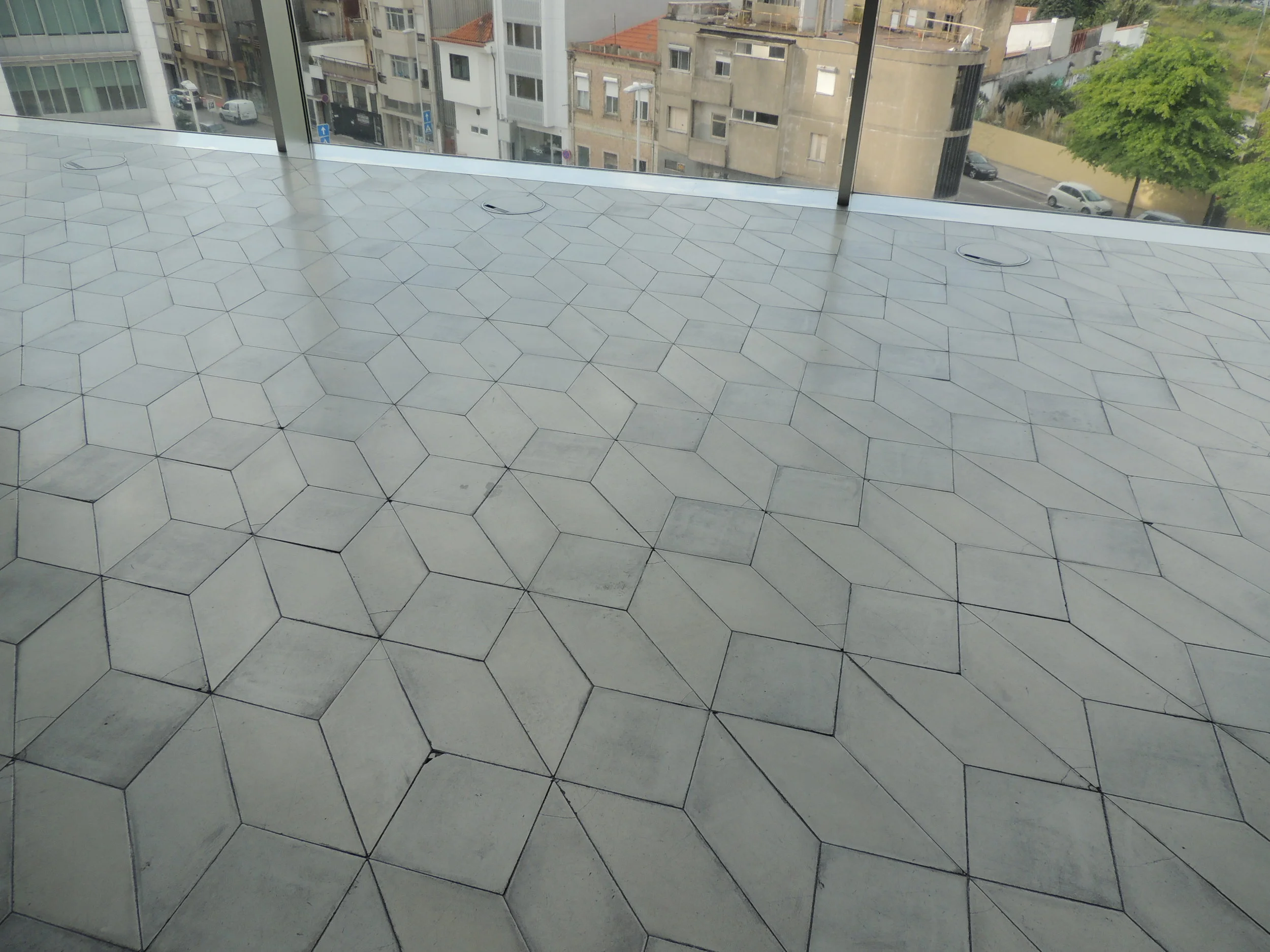BEST PRACTICES: Havelock Wool
/I recently had the pleasure of talking shop with Andrew Legge, founder of Havelock Wool, a startup focused on healthier building insulation options. Three years ago, Andrew introduced his product to the thermal insulation market employing an age-old approach to insulation: virgin sheep’s wool. As our ancestors must have known generations ago, wool inherently resists fire, pests and mildew, which means that it doesn’t require added--and often very toxic--chemicals to address these issues. And it’s a renewable resource that requires hardly any embodied energy to produce, harvest, and assemble into a usable product. Havelock Wool imports its raw material from New Zealand, where Andrew and his wife resided for a time and maintain deep territorial and personal connections. Raw wool is assembled into both batt and loose fill products in its Reno production facility, so the bulk of its modest ecological footprint (Havelock Wool pays just $2200 per month for electricity consumption because avoids high heat bonding processes) can be attributed to transporting the raw material across the Pacific.
Havelock Wool’s batt products offer an insulative value equal to, or slightly higher than, conventional fiberglass and cellulose insulation products (its R-value is 3.6 per inch, and that increases to 4.3 per inch for blown-in applications). But with superior moisture mitigation, no toxic exposure concerns, and reduced ecological impact, wool insulation offers a number of advantages. In order to achieve higher insulation efficiencies and better building envelope performance, Havelock is also partnering with Pro Clima and Gutex to offer the Smart Wall, an exterior wall assembly that combines Havelock’s wool batts with Intello’s polypropylene interior air and vapor barrier and Gutex’s continuous exterior insulation board. The assembly challenges the performance of spray foam insulating products, offering higher insulative values than wool batts alone, and easily meeting energy codes across the range of climate zones in the US. Installers and occupants need not worry about initial or ongoing toxic exposure or material failure, which are two growing concerns in the spray foam insulation industry.
With so much to love, I wondered why Andrew Legge is the first to forward such an age old product for insulation purposes. And why aren’t more manufacturers using wool in their insulation products? It’s true that wool costs more--roughly 2 to 2.5 times more than fiberglas or spray foam insulation products. But Andrew contextualizes that amount by clarifying that it may mean a $2 per square increase in a typical construction budget. Andrew argues that says that the initial investment in healthier indoor air quality and more sustainable choices is worth it: Harvard’s Chan School of Public Health, in conjunction with SUNY Upstate Medical University and Syracuse University, released the findings of a study in October 2015 that showed higher levels of cognitive functioning among workers occupying healthier office environments (better ventilation and lower exposure to VOCs and other toxins). Andrew hopes to capitalize on the fact that, for business owners, it follows that associated productivity boost can mean higher revenues. And for families, Andrew argues, how can we put a price on the healthy interiors our children live, learn and play in?
Though wool is a renewable resource, Legge estimates that his New Zealand suppliers could only produce enough wool annually supply about 4-5% of the insulation market. So unless it gets mixed with other products, wool will always cater to a minority of consumers. Andrew is currently targeting just ½% of the insulation market, and even after 3 years in production, achieving that goal has proven more of a struggle than he anticipated. When I asked him why he thought the demand for wool isn’t greater, Legge noted that his modest marketing budget means that gaining visibility in the marketplace is an ongoing challenge. “I have a great product,” he says, “but convincing people of its benefits has been incredibly hard.” And with the market’s largest competitors keeping a close eye on him, he feels definitive and ever-present pressure not to publicize his reservations about the health risks associated with other insulation materials. I’m sure you can read between the lines here.
We’re grateful to responsible entrepreneurs like Andrew who are fighting the uphill battle to gain more space in the marketplace for healthier, more sustainable building material choices. In the coming weeks, we’ll continue to spotlight companies like Havelock Wool in an effort to spread the word on better products and business practices, and so that we can better understand the barriers to marketplace presence for responsibly-produced materials that we everyone should have access to.


